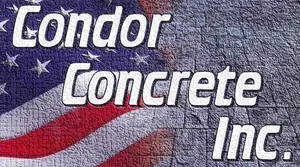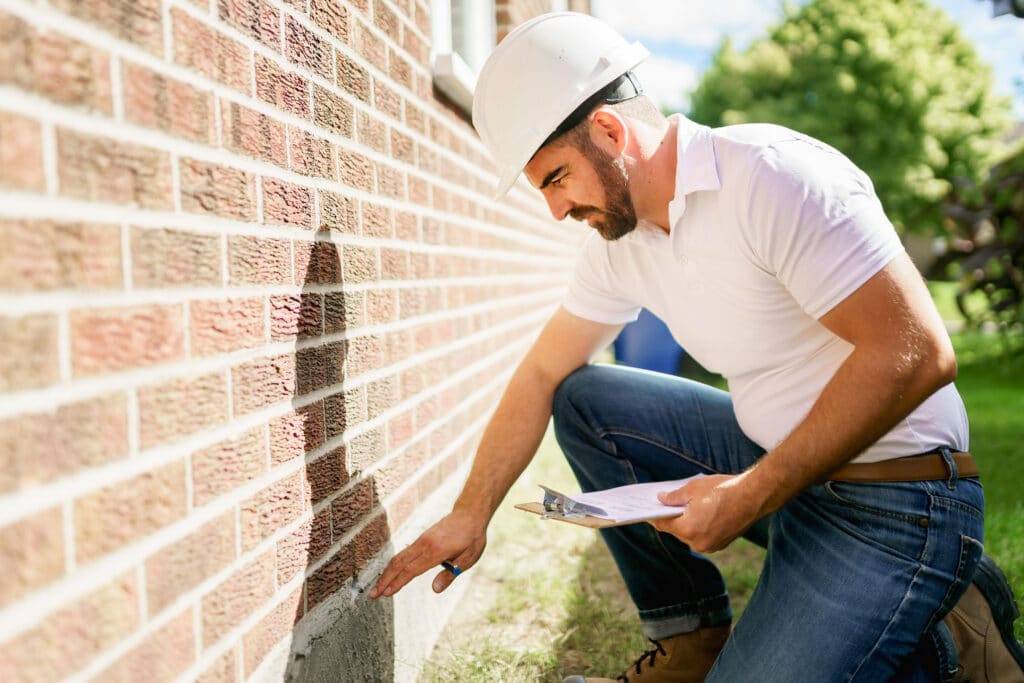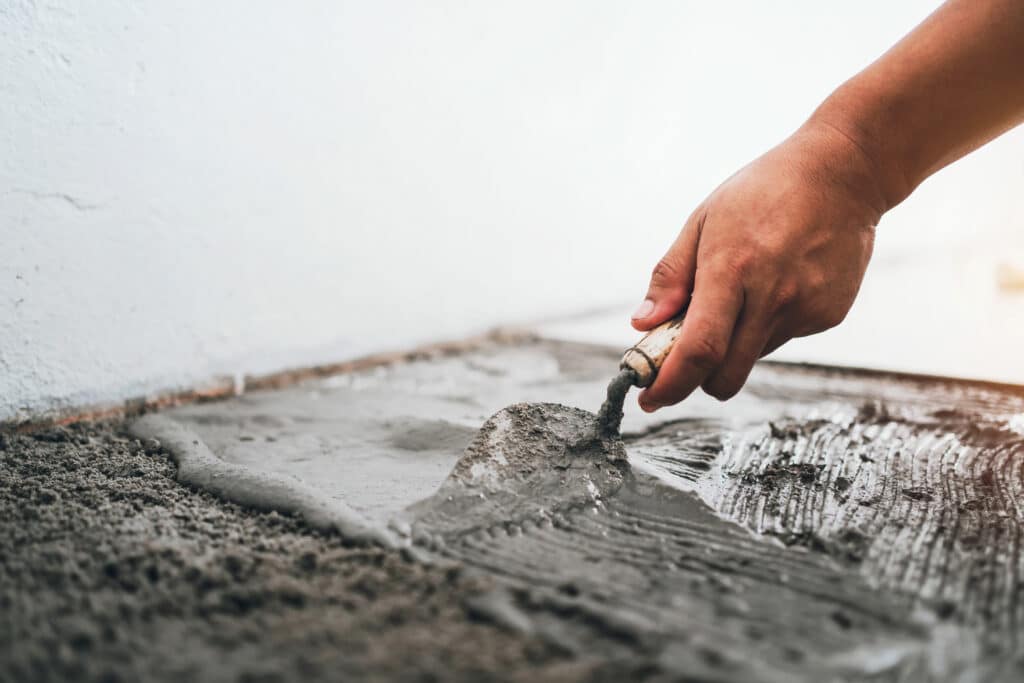Common Causes of Foundation Problems in Littleton
A home in Littleton might experience foundation issues for numerous reasons. Some are unique to the local environment, while others are widespread nationwide. They include:
- Topsoil Frost: When temperatures plummet, topsoil abruptly ices over and lower layers can't expand, forcing upper layers to heave and permanently damage infrastructure.
- Improper modifications: Landscaping or roofing work that wasn't done to standard could result in your foundation settling.
- Standing water: Standing water around your home can be menacing to your foundation, especially when it gathers in areas your gutters don't protect.
- Tree Roots: Tree roots can encroach on a home's foundation through cracks, and may apply force that causes your foundation cracking, pipes being damaged, and overall structural weakening.
How to Choose the Best Foundation Repair Company
Choosing a foundation provider doesn't have to be complicated. We encourage you to write down what you expect most in a company, then evaluate each company on your shortlist against these characteristics.
Licensing and Experience
Colorado leaves contracting licenses up to cities, counties, and regional building departments. Foundation companies operating in Denver, greater Colorado Springs, Pueblo, Fort Collins, and the city of Grand Junction must hold at least a general contracting license. Consult your local building authority for more information. Talk to representatives to gain additional insight into a company's experience. You should ask about local building codes, inspection processes and permit ordinances.
One of the simplest ways to evaluate a company's reputation is to browse its website. Look for the company's years in business and the qualifications its team holds. Many prominent companies publish educational content for potential customers.
Customer Reviews
Before selecting a company, check its online profile with the Better Business Bureau (BBB). You can examine both positive reviews and complaints. Complaints aren't necessarily a red flag in themselves. Instead, discover how a company handles them. If the management team proactively and consistently resolves issues, it's a good sign. However, if the company lacks accreditation, shows more negative reviews than positive ones, and doesn't communicate properly, you should avoid working with it.
Lastly, we encourage you to search other platforms, like Trustpilot and Google, for additional feedback.
Foundation Repair Cost in Littleton
The cost of foundation repair can differ significantly depending on the scale of the issues and what needs to be done to address them. For minor foundation fissures and settling issues, you may pay as little as $1,800. However, if there is considerable deterioration, the average cost will likely fall around $2,900. More complex jobs involving excavation, helical piers, or concrete leveling could cost $6,900 or more. Below are the average foundation repair costs for common issues.
| Common Foundation Repair Services | Average Cost |
|---|---|
| Crack Repair | $342 |
| Leak Repair | $2,738 |
| Stabilization | $4,733 |
| Underpinning | $1,312 |
| Waterproofing | $3,023 |
Ready to Get a Quote on Your Foundation Repair Project?
Please enter a valid 5-digit zip code!
Frequently Asked Questions About Foundation Repair in Littleton
What will I pay to repair my foundation in Littleton?
What preventive measures can I take to avoid foundation issues?
- Make sure your home's gutters and downspouts are properly installed and direct water away from your foundation to prevent water accumulation.
- Irrigate the soil around your foundation evenly, especially during dry spells, to prevent expansion and shrinking.
- If possible, grade the soil around your home to slope away from your foundation, promoting water drainage and minimizing the risk of foundation issues.
- Inspect your foundation for cracks, and fix any issues promptly.
Are there telltale signs I should avoid a particular foundation company?
Will foundation repair disrupt my daily routine while the work's being done?
To share feedback or ask a question about this article, send a note to our Reviews Team at reviewsteam@thisoldhousereviews.com.
More Foundation Resources
National Foundation Repair Ranking Methodology
Sources
U.S. Census Bureau (American Communities Survey)
















